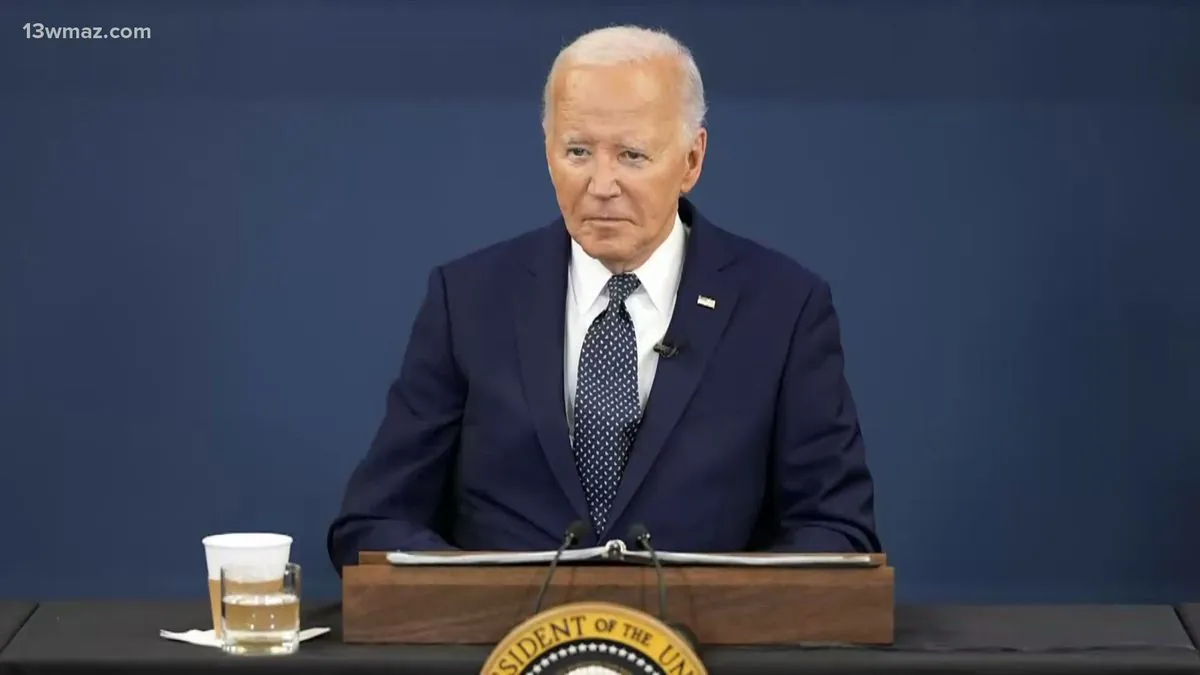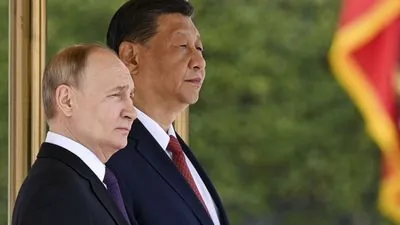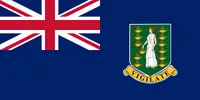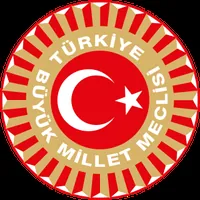Nuclear safety in danger: Power grid attacks put Ukraine's reactors at risk
Russian strikes on Ukraineʼs power grid create dangerous conditions for nuclear stations operation. Three major nuclear plants face technical challenges while experts warn about possible consequences
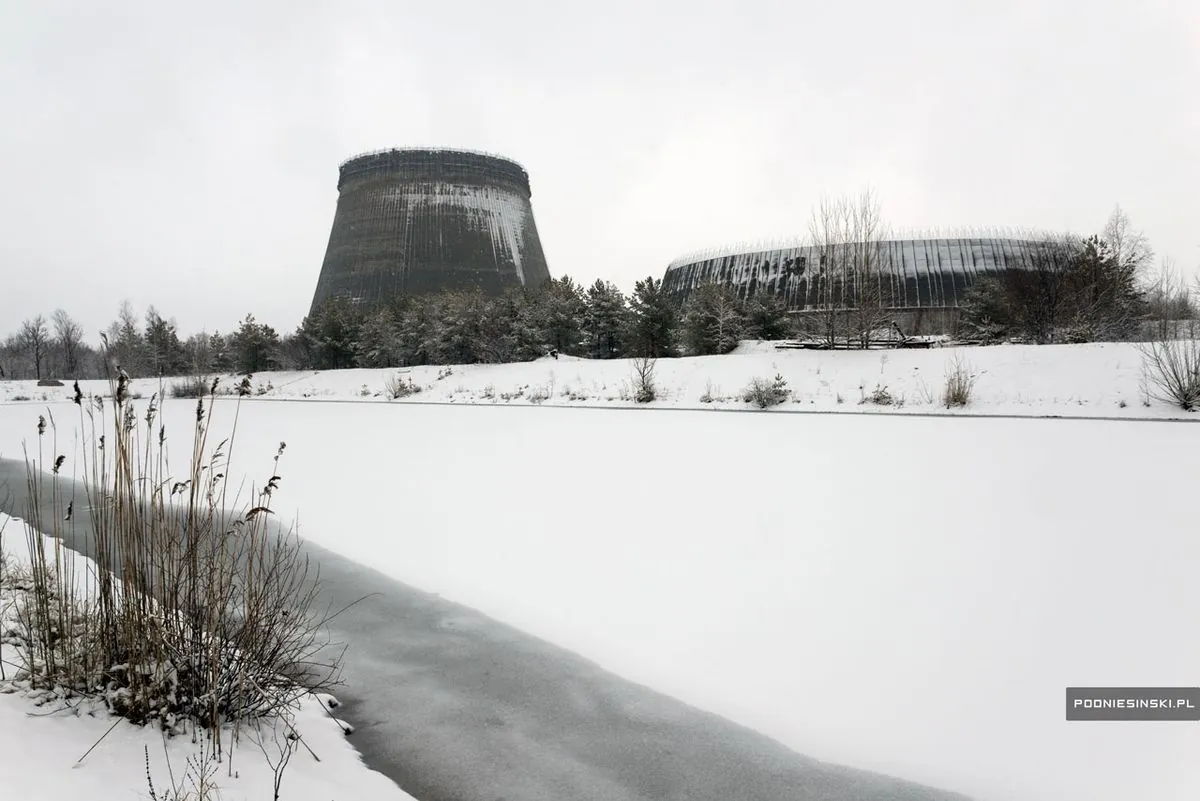
Russian military strikes on Ukraines power system this winter put three key nuclear facilities in a risky position. The attacks target regular power stations substations‚ and transmission lines; affecting plants in Khmelnytskyi‚ Rivne‚ and South Ukraine
Russiaʼs attacks on the power grid and Ukrainian conventional power plants is negatively affecting the safety of Ukraineʼs nuclear fleet
The power-grid instability makes nuclear stations less secure: their cooling systems need constant electricity. Most reactors now work at lower capacity (between 10-60% less than normal) which creates extra pressure on working units
Winter brings more challenges for Ukraineʼs energy system. The countryʼs biggest power company says they have enough resources to last until spring‚ but theres a catch — they need to protect:
- Nuclear stations (main power source)
- Coal plants
- Hydro-electric facilities
- Gas supplies
The Zaporizhzhia plant (Europeʼs biggest) sits in a different spot — its been under Russian control for about 2.5 years. All six reactors stopped working last year; though they still need cooling to prevent problems
Technical issues create real dangers: if outside power stops working backup generators can run for 7-10 days. Mycle Schneider from World Nuclear Industry Status Report points out that these generators dont always work well: “If you get a station blackout and the diesels do not start up you meltdown starts within one hour“
In an active war‚ no one can guarantee the safety of a nuclear power plant
Ukrainian officials know the risks but cant shut down all plants — people need power for heating as temperatures drop. About two-thirds of substations got extra protection against drones and shrapnel‚ but the situation stays shaky



